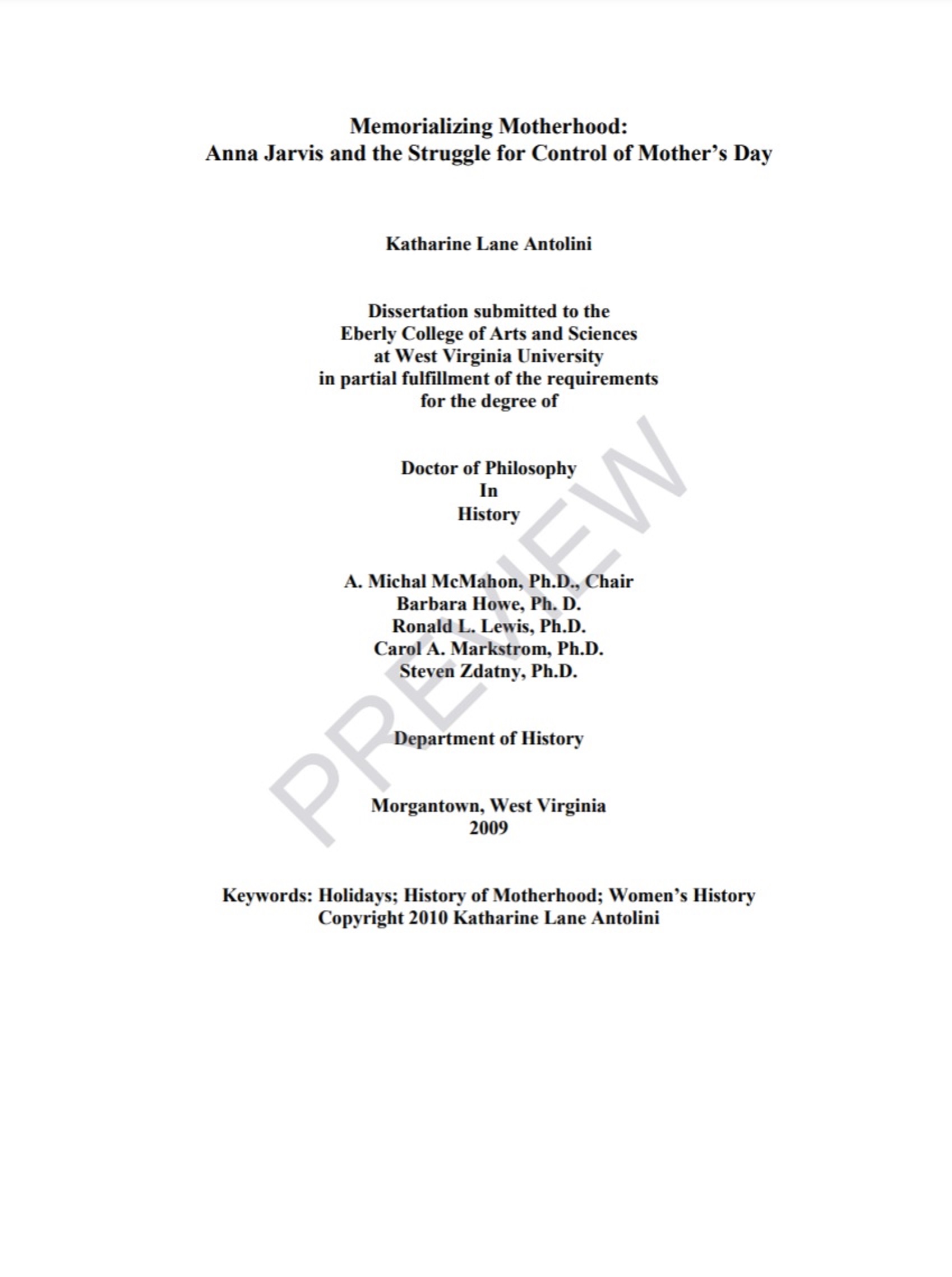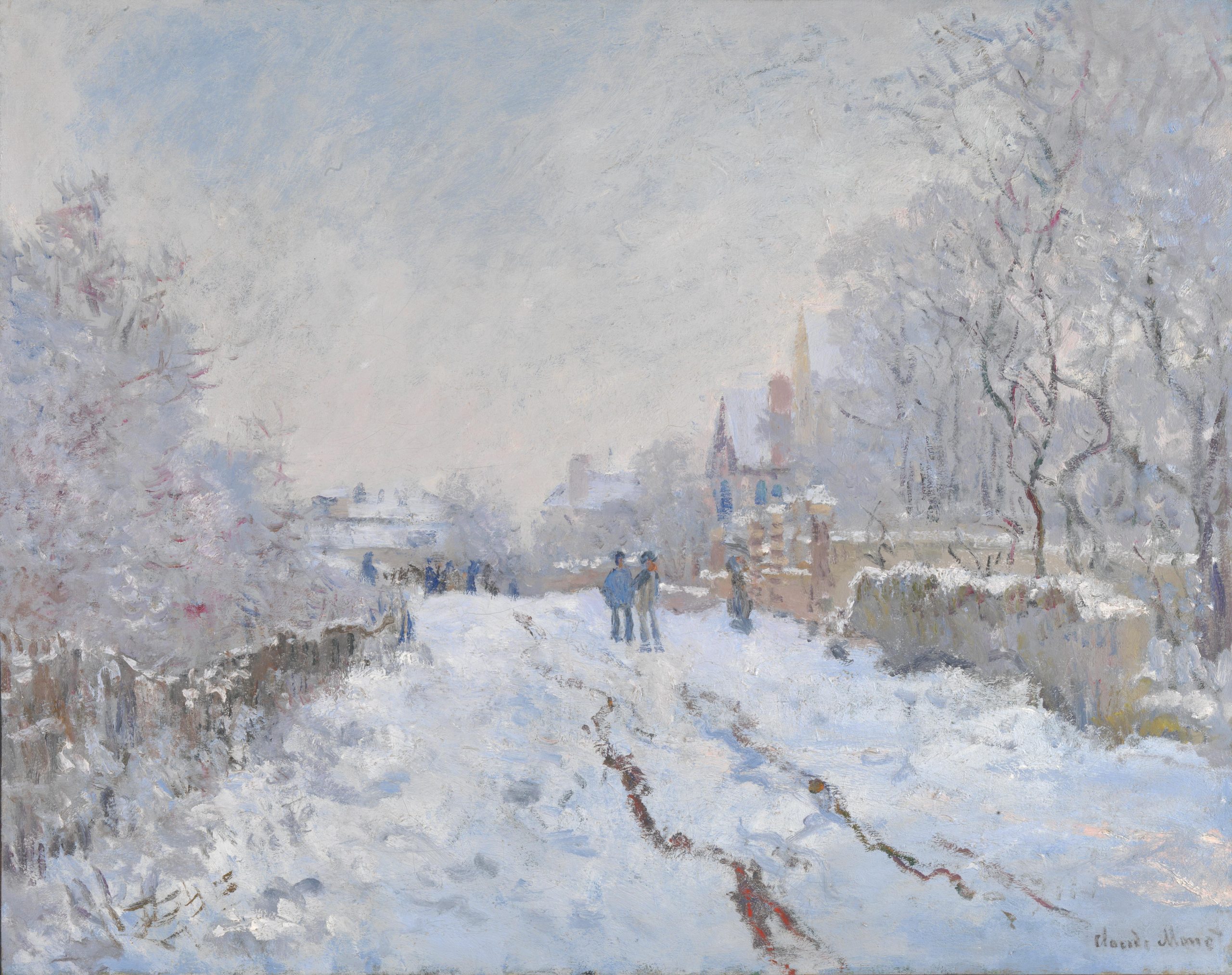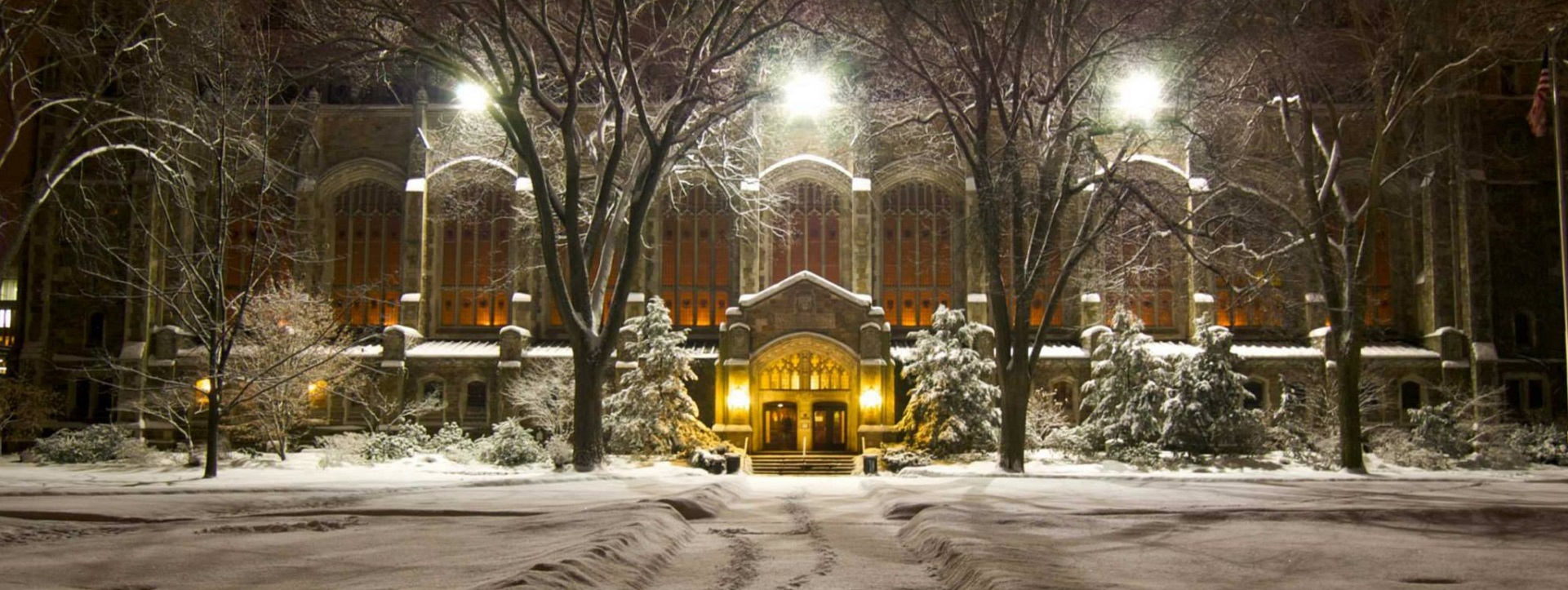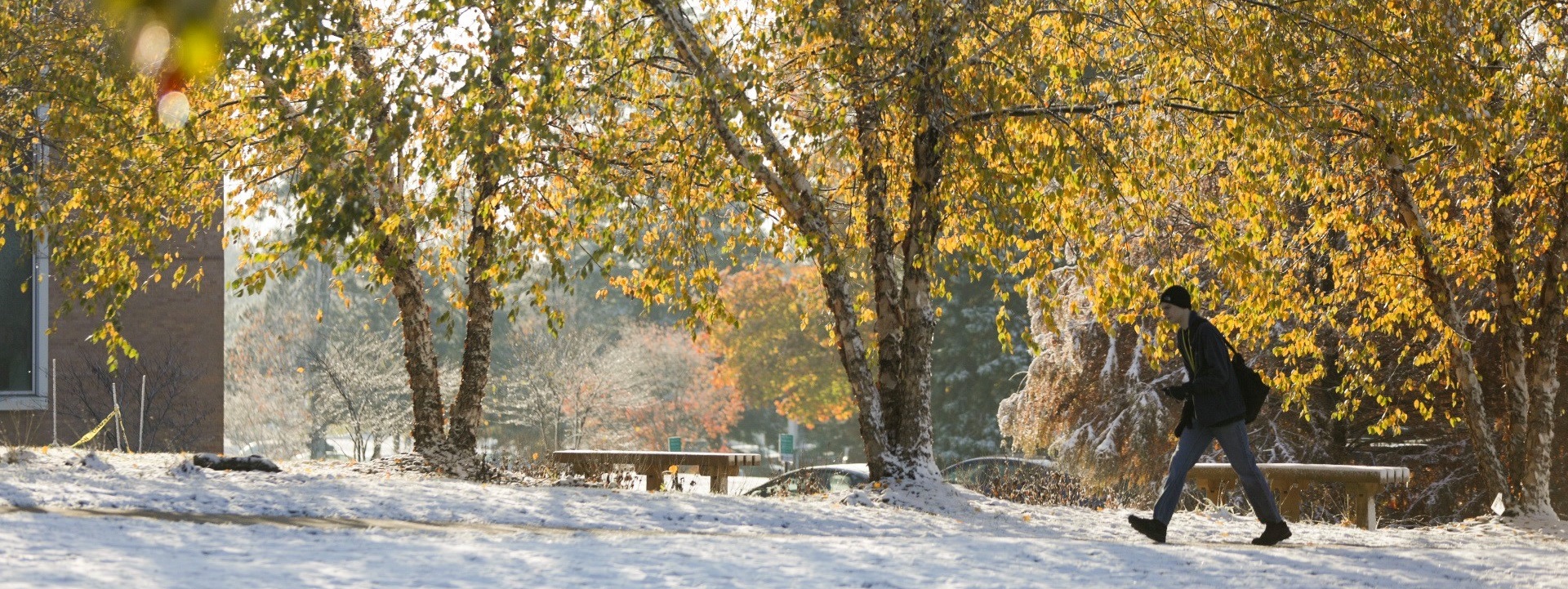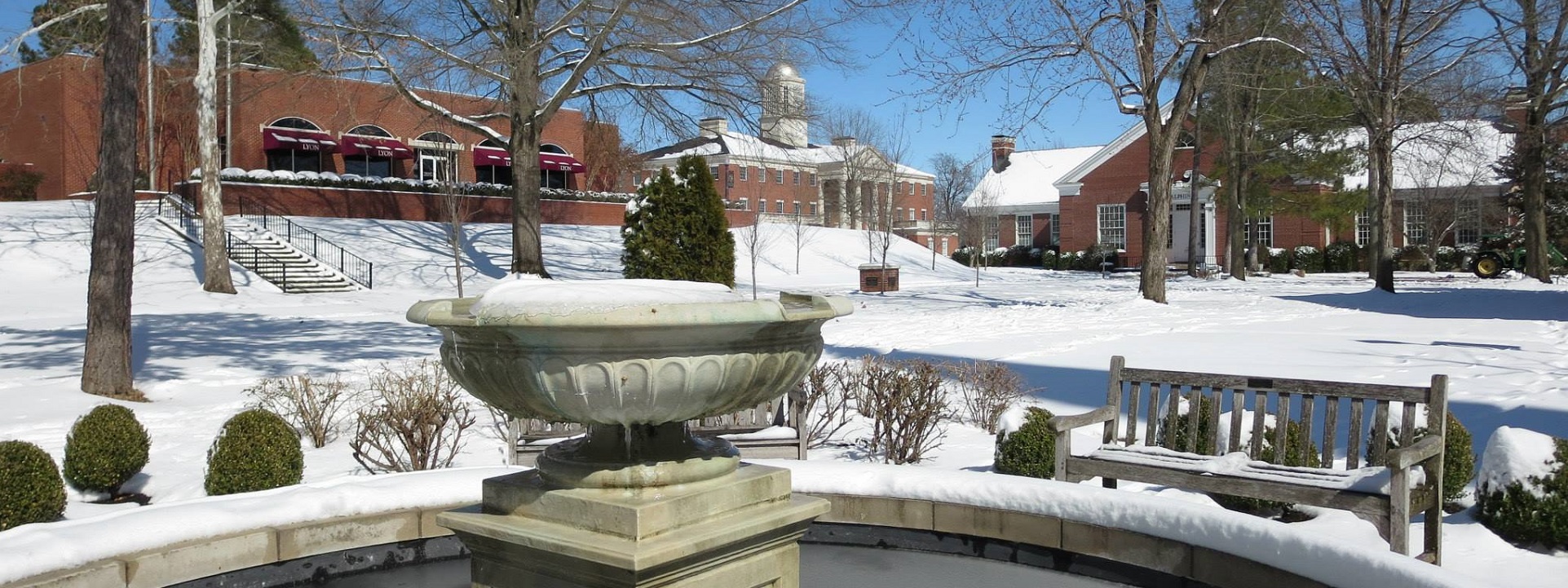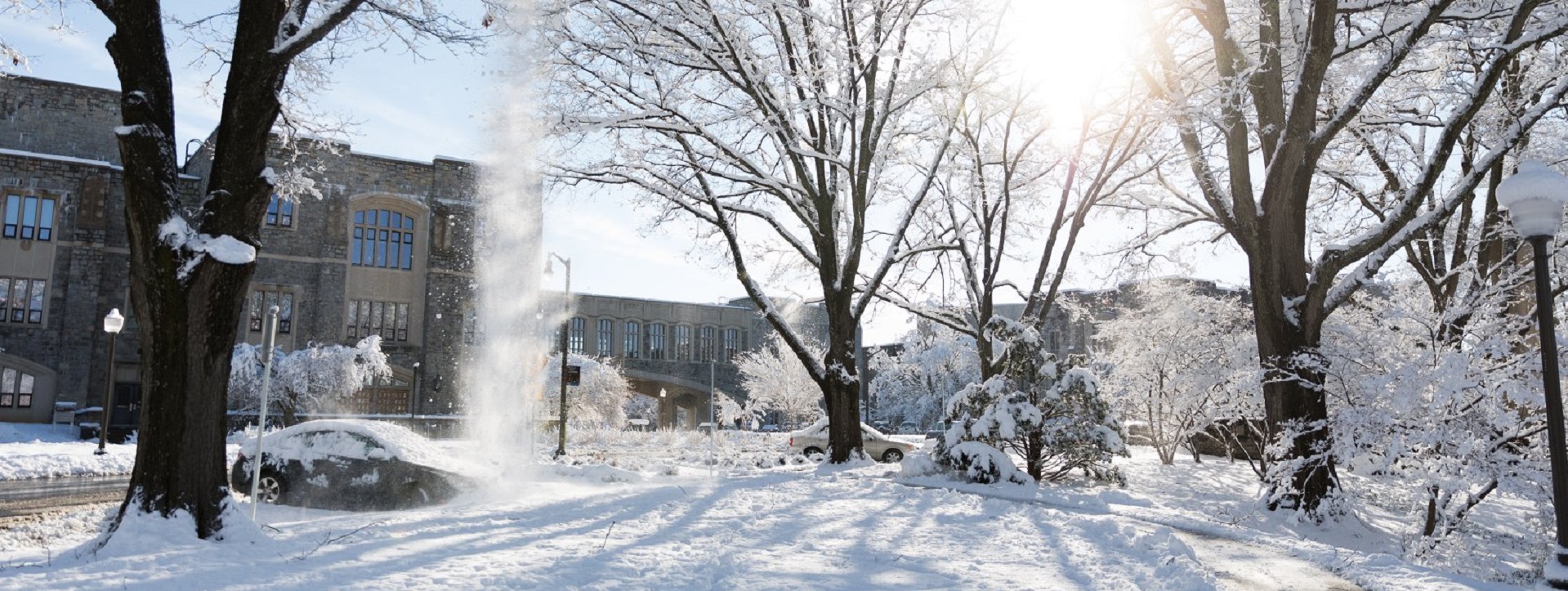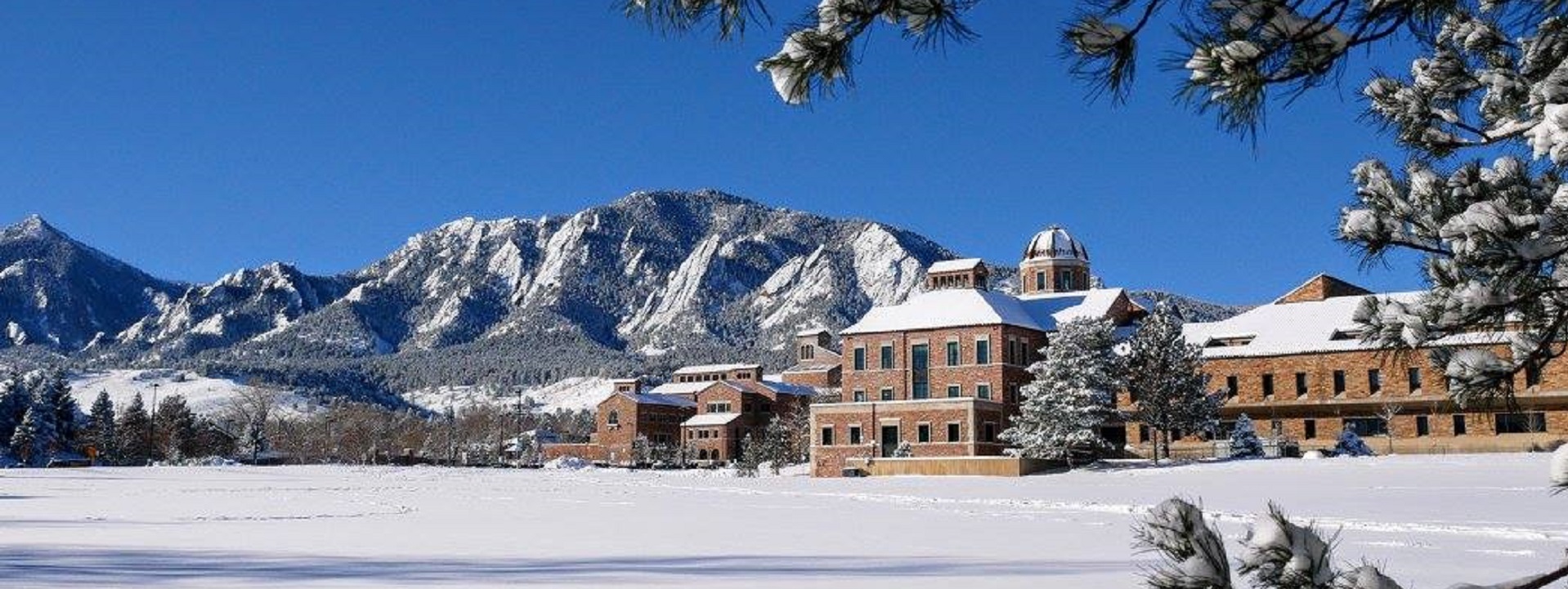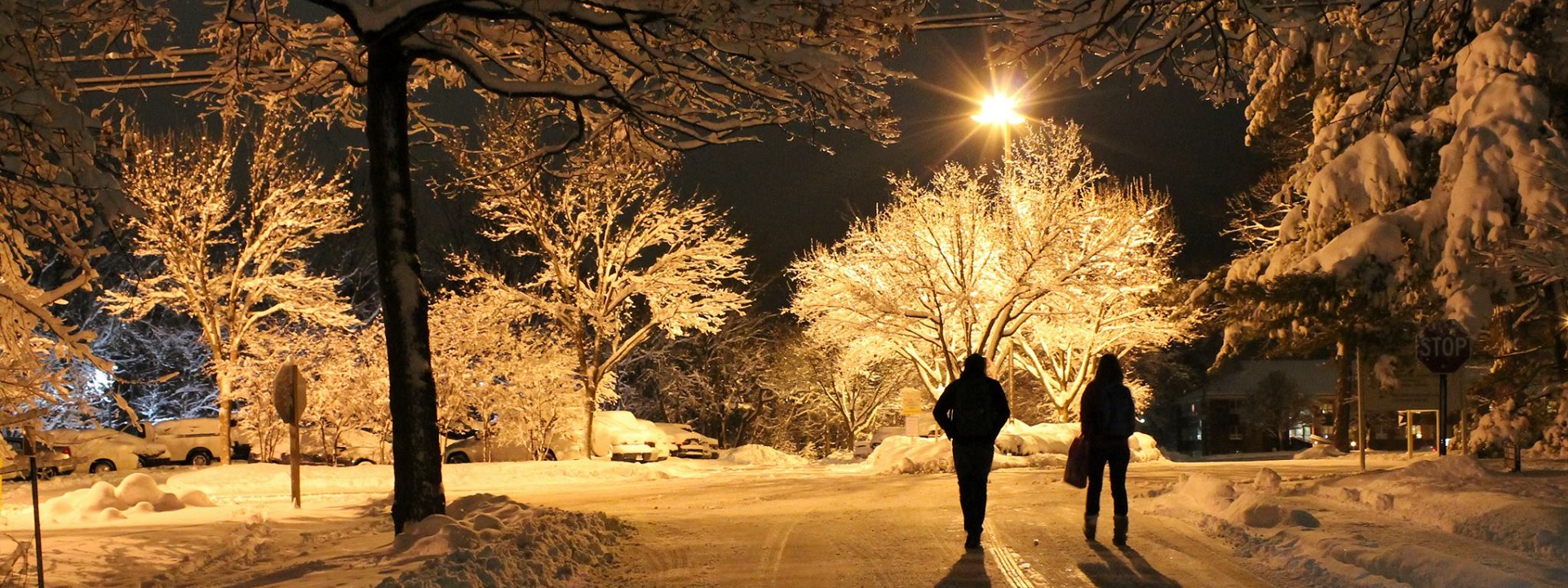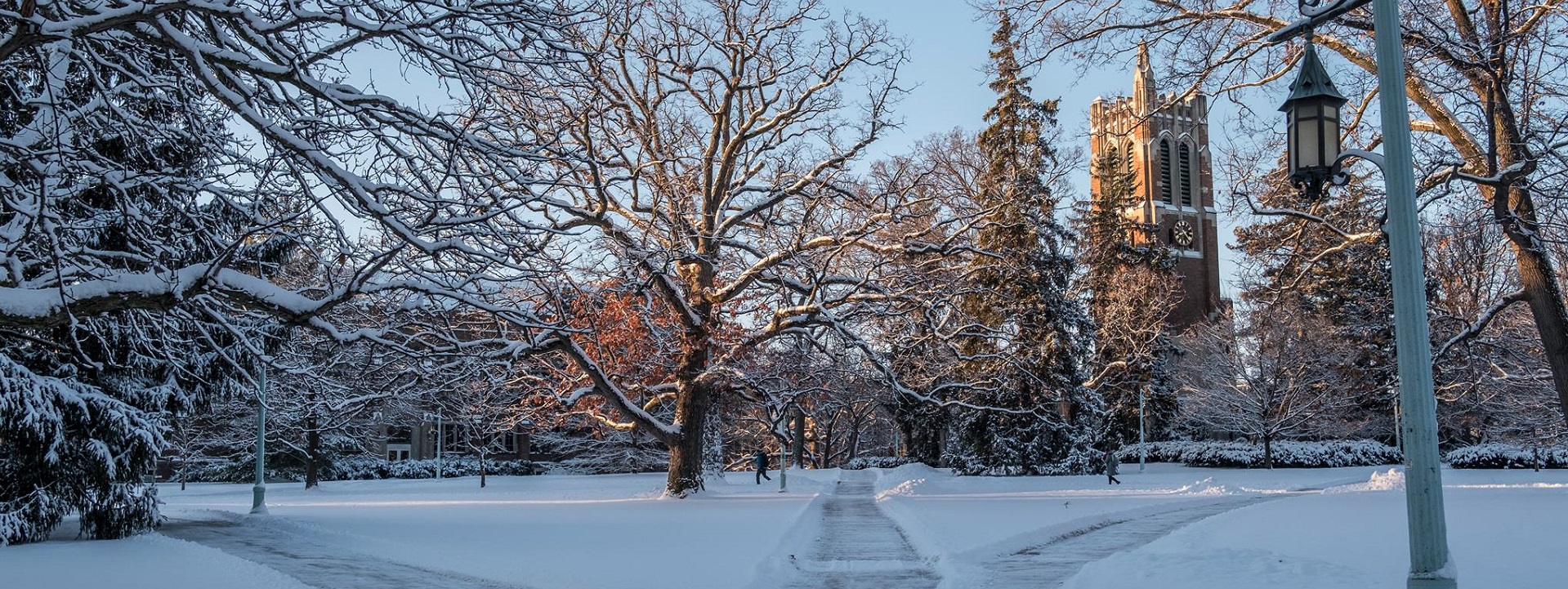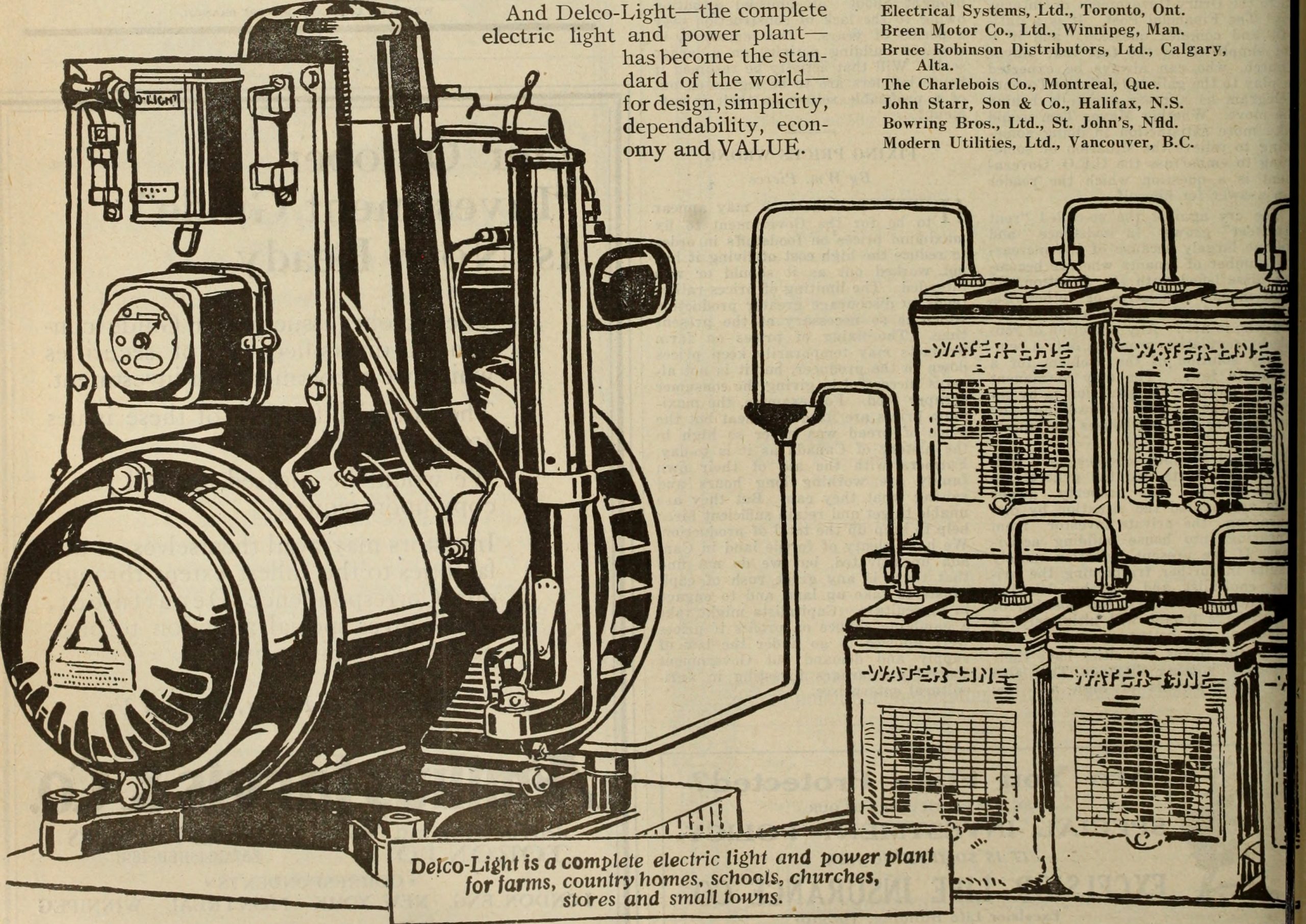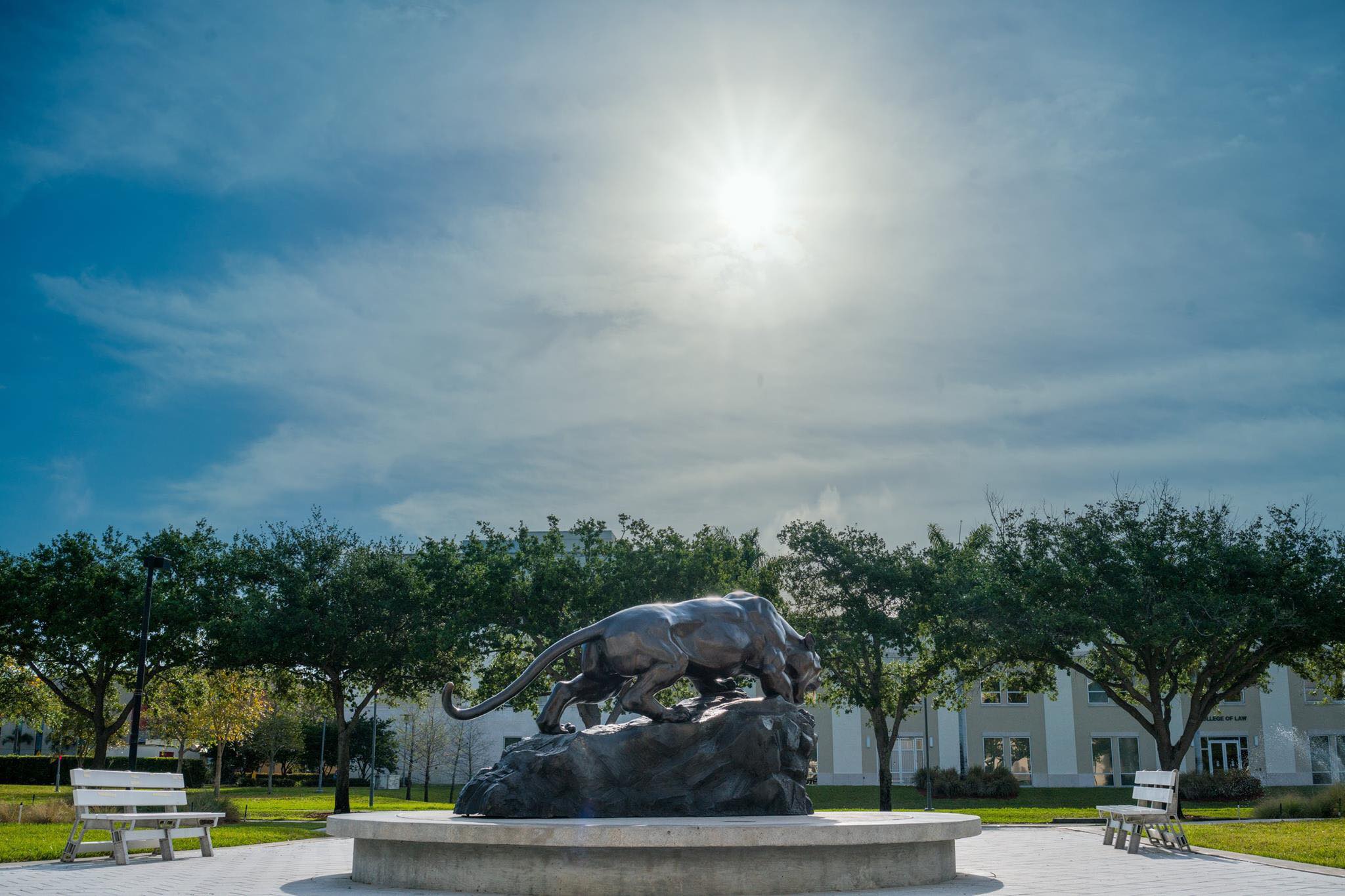Mother’s Day is celebrated on different days in different countries and regions. However, here is a list of some countries and the dates:
United States: Second Sunday in May
United Kingdom: Fourth Sunday in Lent
Australia: Second Sunday in May
Canada: Second Sunday in May
New Zealand: Second Sunday in May
India: Second Sunday in May
Mexico: May 10th
Japan: Second Sunday in May
France: Last Sunday in May or First Sunday in June
Germany: Second Sunday in May
Italy: Second Sunday in May
Brazil: Second Sunday in May
Egypt, Mother’s Day is celebrated on March 21st.
Israel, Mother’s Day is celebrated on the 30th day of the Jewish month of Shvat, which usually falls in February.
India, Mother’s Day is not an official holiday, but it is celebrated on the second Sunday of May, the same as in the United States.
Japan, Mother’s Day is celebrated on the second Sunday of May, but it is not a public holiday.
South Africa, Mother’s Day is celebrated on the second Sunday of May, the same as in the United States.
Thailand, Mother’s Day is celebrated on August 12th, which is the birthday of Queen Sirikit, the current queen consort of Thailand.



